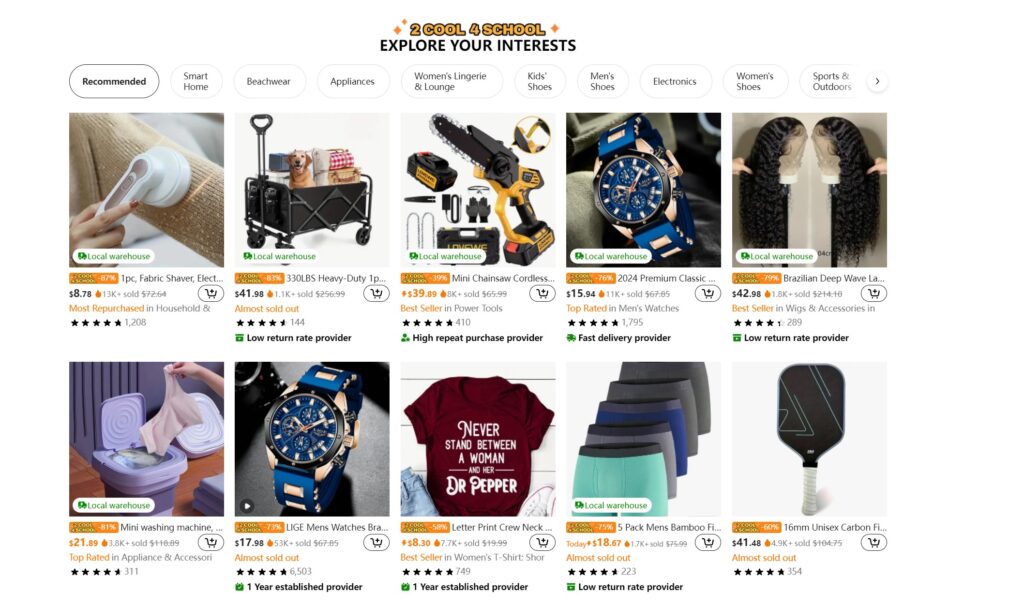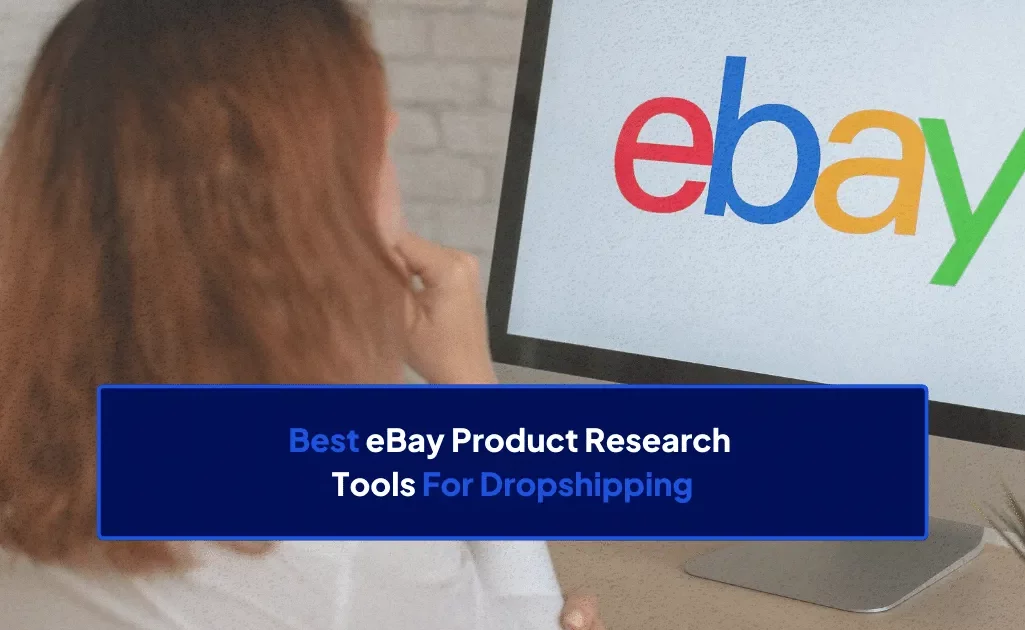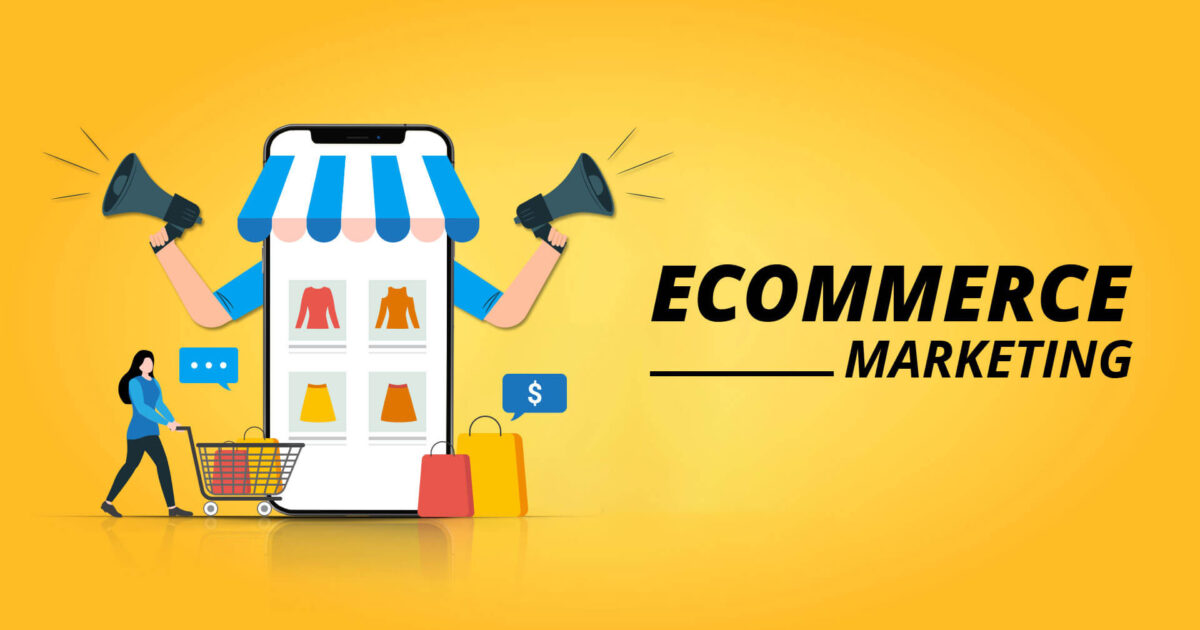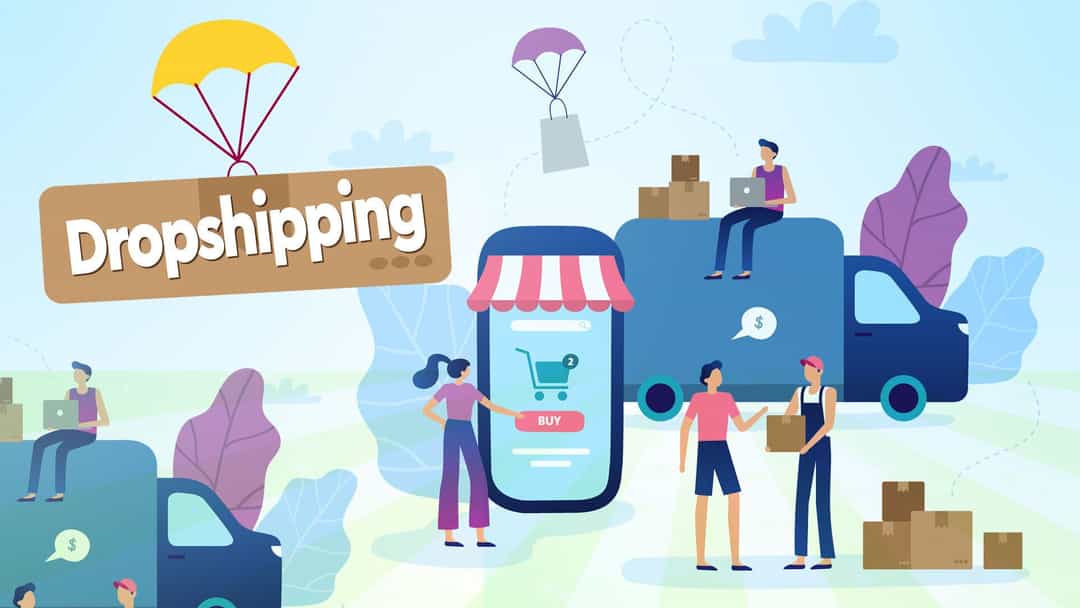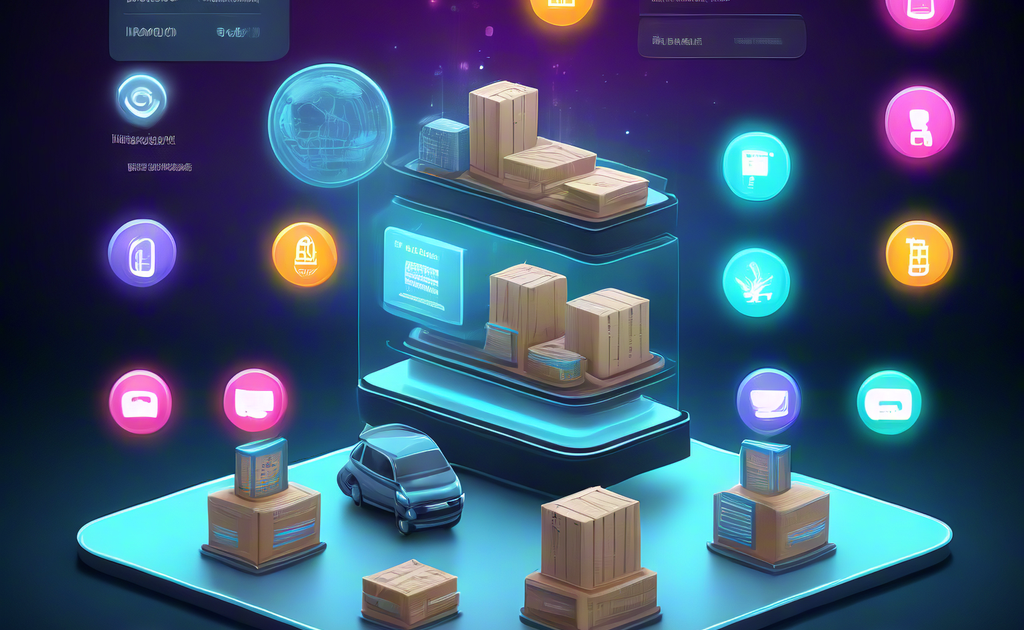Why Dropshipping Is Booming? How to Get Started?
What is Dropshipping?
Dropshipping is an e-commerce model where the seller does not need to purchase or store products in advance. Instead, when a customer places an order in the online store, the seller forwards the order to the supplier, who then ships the product directly to the customer. This way, the seller only needs to focus on marketing and customer service, while logistics and inventory management are handled by the supplier.
Why is Dropshipping So Popular?
Dropshipping has become very popular in recent years for several reasons:
- Low Entry Barrier, Low Risk: There is no need to purchase inventory in advance, reducing initial investment and the risk of inventory buildup. This model is suitable for entrepreneurs and small businesses.
- Simple Operations: Sellers do not need to handle complex logistics processes such as storage, packaging, and shipping, allowing them to focus on marketing and customer service.
- Global Market: Through the internet, sellers can easily sell products to a global market, breaking geographical limitations. Many suppliers offer global shipping services, enabling sellers to expand their customer base.
- Technical Support: With the development of e-commerce platforms like Shopify, WooCommerce, and dropshipping services like Oberlo and AliExpress, sellers can easily integrate their stores with supplier systems, automating order processing and inventory management.
- Diverse Products: The dropshipping model allows sellers to offer a wide range of products without increasing inventory costs, enriching their product lines and meeting customer needs.
How to Get Started in Dropshipping
- Choose the Right Market and Products:
- Market Research: Understand market demand, competition, and target audience. Choose a niche market with demand but relatively low competition.
- Product Selection: Choose high-quality products with good profit margins. Avoid overly cheap or low-quality items.
- Find Reliable Suppliers:
- Supplier Evaluation: Select suppliers with good reputations, fast shipping, and stable product quality. Evaluate them through platform reviews, user feedback, and trial orders.
- Build Relationships: Maintain good communication and cooperation with suppliers to ensure timely order processing and problem resolution.
- Set Up a Professional Online Store:
- Platform Selection: Choose a suitable e-commerce platform like Shopify, WooCommerce, BigCommerce, or sell on large e-commerce platforms like Amazon and eBay.
- Store Design: Create a user-friendly online store with attractive design, clear navigation, and accurate information.
- Marketing Strategies:
- Search Engine Optimization (SEO): Optimize your store and product pages to improve search engine rankings and increase organic traffic.
- Social Media Marketing: Use social media platforms like Facebook, Instagram, and TikTok to promote your products and attract potential customers.
- Content Marketing: Provide valuable information through blogs, videos, and other content forms to attract and retain customers.
- Customer Service:
- Quick Response: Respond promptly to customer inquiries and issues, providing excellent pre-sales and after-sales service.
- Handle Returns and Refunds: Establish clear return and refund policies to ensure a good shopping experience for customers.
- Manage Logistics and Inventory:
- Track Orders: Use automated tools to track order status and ensure timely processing and shipping.
- Inventory Management: Communicate with suppliers to ensure adequate product inventory and avoid stockouts.
- Continuous Learning and Optimization:
- Data Analysis: Regularly analyze sales data, customer feedback, and market trends to continuously optimize product selection and marketing strategies.
- Learn New Knowledge: Stay updated on the latest trends and developments in the e-commerce industry, and learn new marketing techniques and tools.
- Legal and Financial Management:
- Compliance: Ensure your business complies with relevant laws and regulations, including taxes and consumer protection.
- Financial Management: Establish a sound financial management system to ensure smooth cash flow and reasonable control of costs and profits.
Popular Dropshipping Products
- Health and Fitness
- Fitness equipment, yoga mats, workout clothes, nutritional supplements, etc.
- Beauty and Skincare
- Skincare products, cosmetics, hair care products, beauty tools, etc.
- Home and Living
- Furniture, decor, smart home devices, kitchenware, etc.
- Pet Supplies
- Pet food, toys, grooming products, pet clothing, etc.
- Fashion and Accessories
- Clothing, footwear, handbags, jewelry, and accessories, etc.
- Electronics and Accessories
- Smartphone accessories, Bluetooth earphones, smartwatches, computer accessories, etc.
- Outdoor and Sports
- Camping gear, outdoor clothing, fishing supplies, hiking equipment, etc.
- Kids and Baby Products
- Toys, baby clothes, parenting products, children's furniture, etc.
By following these steps and focusing on these popular product categories, you can better position yourself in the dropshipping industry and increase your chances of success.
